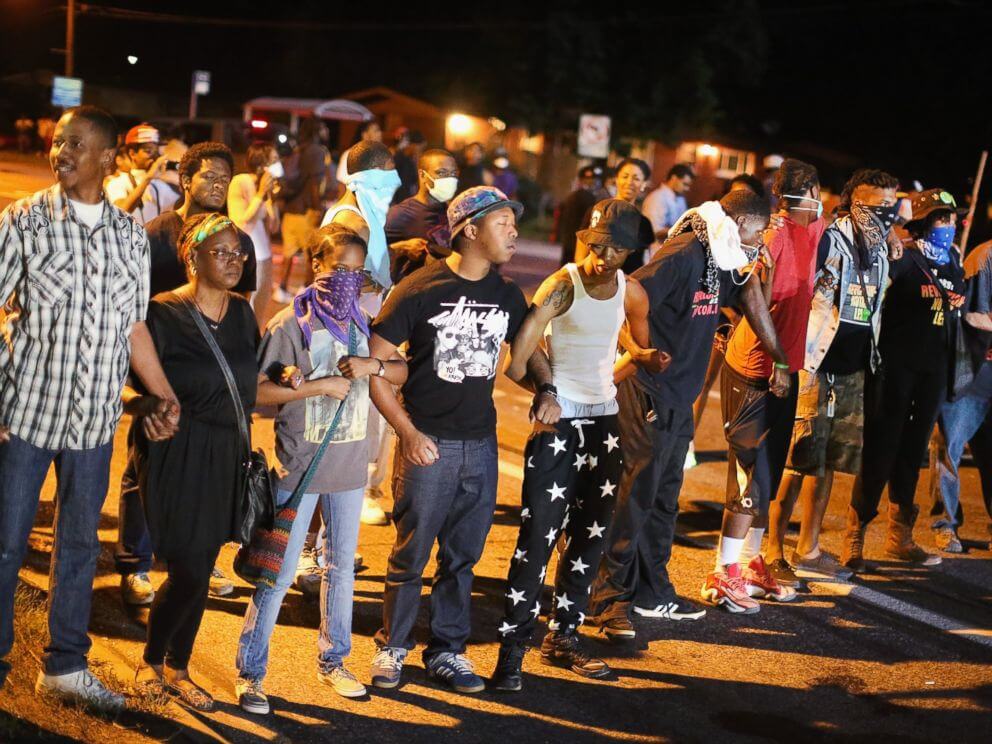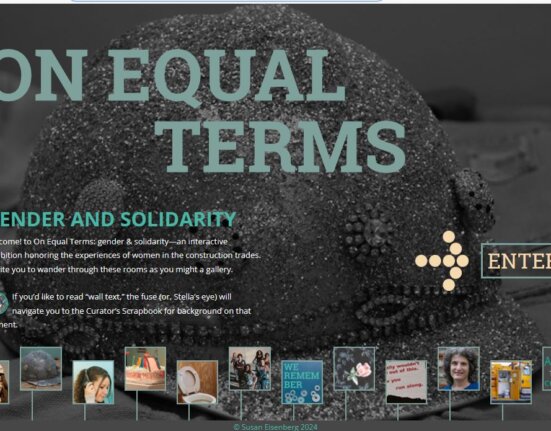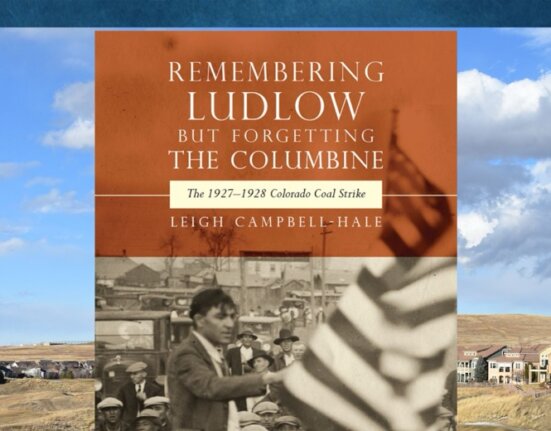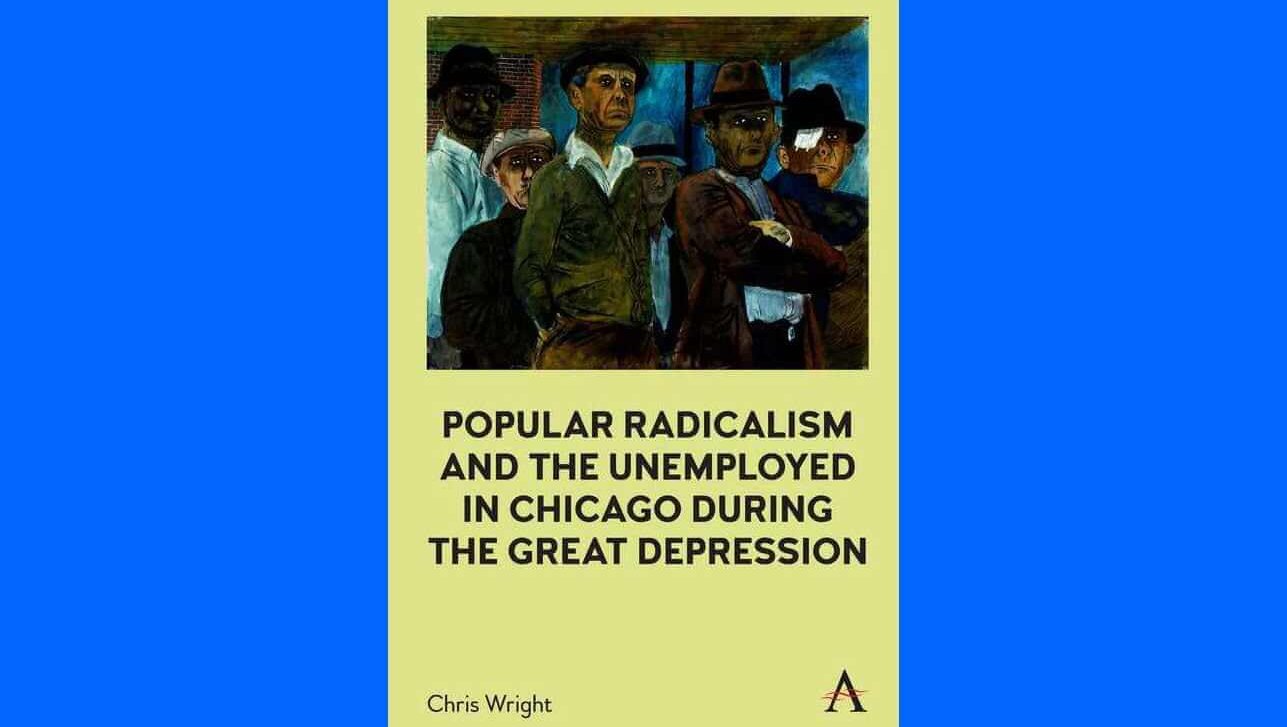It is difficult to write about the situation in the black working-class community of Ferguson, Missouri, which began last week with the police shooting death of 18-year-old Michael Brown. It is difficult because the details of the case have evolved so rapidly and unpredictably. Who knows where all of this is going? But here is what is clear to me. Data collected by the State of Missouri since 2000 shows that African Americans have consistently been targets of racial profiling by law enforcement officers. In 2013, black Missourians were 66 percent more likely to be stopped by police, though they were not more likely than whites to be in possession of contraband. In fact, white Missourians were more likely to be found with contraband (34 percent) than were their black counterparts (22 percent). In Ferguson, police stop black people at a higher rate than they do whites, with black drivers twice as likely to be searched. In 2013, African Americans constituted 92 percent of searches and 80 percent of traffic stops in Ferguson. The National Association for the Advancement of Colored People (NAACP) currently has a complaint against police in St. Louis County – where Ferguson is located – for racial profiling. This is a large part of the context in which the fatal encounter involving Brown and Ferguson police officer Darren Wilson occurred, and in which the resulting civil turmoil has unfolded.
Another dimension of this is that the St. Louis City metropolitan area, where Ferguson exists, historically has been a national laboratory of residential segregation. In 1916, St. Louis City residents were the first to pass a housing segregation ordinance through initiative petition and direct vote. When the U.S. Supreme Court overturned such ordinances in 1917, St. Louisans pioneered restrictive housing covenants and zoning policies to maintain racial apartheid.

In 1916, St. Louis City residents were the first to pass a housing segregation ordinance through initiative petition and direct vote. When the U.S. Supreme Court overturned such ordinances in 1917, St. Louisans pioneered restrictive housing covenants and zoning policies to maintain racial apartheid.
Given this history, the St. Louis area also became a key battleground in legal precedents against housing discrimination. In Shelley v. Kraemer (1948), the Supreme Court ruled that restrictive covenants were legally unenforceable. In Jones v. Mayer (1968), coming shortly after the passage of the Fair Housing Act that year, the nation’s high court determined that the federal government can regulate the sale or rental of private property in order to counteract racial discrimination. And in United States v. City of Black Jack, Missouri (1974), an appellate court found that a zoning ordinance prohibiting multiple-family dwellings constituted a violation of the Fair Housing Act.
Nonetheless, patterns of residential apartheid have persisted in the area, aided and abetted by a legacy of localism, a proliferation of municipalities, and political fragmentation. This, in turn, has sustained an overall atmosphere of racial polarization in the region. The presence of the predominantly black, economically distressed city of East St. Louis, directly across the Mississippi River in Illinois, has made this racial polarization even more palpable. The scene of a horrific race riot in 1917, East St. Louis has since become a prime symbol of many St. Louis area residents’ anxieties about the dysfunction, dependency and dangers of the black “underclass,” in much the same way that Detroit occupies the racial imagination of residents in southeast Michigan (I say this as someone who has lived in both the St. Louis and Detroit metropolitan areas.) Ferguson, as a similar example, is an economically declining inner-ring St. Louis suburb that was once predominantly white but which became predominantly black as African Americans pushed against the housing color line and whites fled. Yet, unlike in East St. Louis, the levers of governance and police authority have remained largely under white control, with African Americans constituting three of the Ferguson Police Department’s 53 officers. With about a quarter of its population living below poverty, Ferguson is a place affected by housing discrimination, economic abandonment, and racial disparities of power and social mobility.
What has happened in Ferguson is a phenomenon that we have witnessed before, both in the region and nationally. In September 1962, residents of Kinloch, Missouri (a black suburb located near Ferguson) picketed city government after a Kinloch policeman shot and killed a 20-year-old black youth during a traffic stop. The protest later turned into vandalism as angry citizens fired gunshots at the Kinloch police station and set fire to vacant buildings and a local elementary school portable, which for many residents symbolized inferior public school education for African Americans in St. Louis County. At the request of Kinloch’s black mayor, white law enforcement from the county and several neighboring municipalities arrived to quell the disturbance, which persisted over the next several days. As in the case of Ferguson, police came outfitted with machine guns, tear gas, and canines. Events like these became a common spectacle in the 1960s, and as the National Advisory Commission on Civil Disorders (the Kerner Commission) suggested in its 1968 report, instances of police abuse were only the spark that set these disturbances ablaze. Beneath the civil disorders lay longstanding grievances about employment, housing, education, and access to social amenities and meaningful opportunity. These dynamics are likewise at work in the Ferguson crisis today.

However, I hesitate to place the Brown shooting, the Ferguson unrest, and the iron-gloved police response simply within a “Sixties” framing. Rather than interpreting this local struggle as another “Birmingham” or “Selma” from the heroic civil rights battles of the past, I want to understand “Ferguson” on its own historical terms. I would argue that the situation there today represents the bitter harvest of the “war on drugs” that gathered momentum in the 1980s. This has produced racialized mass incarceration; new forms of black criminalization that cast people of color, particularly youth, as enemy combatants to be contained, controlled, crushed; the gutting of the Fourth Amendment and other civil liberties; and the militarization of local law enforcement, most especially in black working-class communities.
The remarkable news here, though, is that Ferguson residents and demonstrators have held their ground against efforts to ignore, silence, and terrorize them. They have stubbornly demanded scrutiny, transparency and accountability, even in the face of heavily armored police with rubber bullets, stun grenades, tear gas, and gun-mounted assault vehicles. In the process, they have elicited sympathetic – if at times uneven – responses from national and international media, representatives in Congress, the Governor of Missouri, the Department of Justice, right-wing libertarians like Senator Rand Paul of Kentucky, and even the President of the United States himself. The recent course of events also appears to have forced an important conversation about police militarization in a way that was not as evident in the political discourse surrounding law enforcement’s treatment of Occupy Wall Street encampments and marches, or before that, the treatment of people demonstrating against the U.S. invasion of Iraq. Further, as a friend and colleague of mine remarked, Ferguson amplifies the lesson that if you want to change things, you take it out into the streets.

When Governor Jay Nixon announced a state of emergency and curfew from the sanctuary of Great St. Mark Family Church on August 16, the raucous response he received from his audience exposed the generational and class disconnect between the established black leaders standing with him, and the crowd clamoring from the pews and teeming outside. It remains to be seen what range of organized forms these working-class based grievances will take. As someone interested in the black racial uplift politics, moreover, I am encouraged by the fact that some media commentators, as well as ordinary people, are pushing back against the notion that African Americans are worthy of fair treatment only insofar as they exemplify moral virtue, thrift, sobriety, proper speech and appearance, upright comportment, and respectability. In this model, black people bear the burden of proving their humanity before a disbelieving white majority. This is a deeply rooted logic, pervasive in black communities as elsewhere, that made Rosa Parks a more “suitable” focus of what became the Montgomery Bus Boycott instead of other possible women who lacked her social standing in the community. This is the same logic that allowed critics, and ultimately a jury, to blame Trayvon Martin’s hoodie for the fact that a vigilante profiled, stalked and killed him. And it is the same logic that may prevail in the court of public opinion, and in a court of law, now that we know that shortly before he died, Michael Brown – unbeknownst to Officer Wilson when he stopped him on the street – may have been involved in a convenience store theft.
I am not arguing that we in any way excuse Brown for crimes that he may have committed in the last few minutes of his life. Based on my own experiences growing up in a black urban community, further, I suspect that there likely are simmering tensions and misunderstandings between black residents and struggling small shopkeepers who may not live in the community. Additional coverage may reveal that such relationships could be at the root of, though certainly not an excuse for, the instances of looting and vandalism that have occurred. This is purely speculative on my part, but such community-level dynamics, if they are at play in this case, deserve open acknowledgment, careful attention, cooperative dialogue, and long-term mediation.
At the same time, as the statistics on racial profiling attest, police officers are selective in how they deal with different categories of citizens, even those who are engaged in similar behavior. I once had an eye-opening experience serving on a university student disciplinary committee. Among the cases the committee heard were those involving white middle-class students fleeing from, spitting on, striking, even biting, local police. Yet, those officers managed to arrest them without even drawing their revolvers, much less using them. That same police department, I should note, had a reputation for wanton violence in the local black working-class community. Viewing the images of the police forces arrayed against Ferguson protesters, I similarly could not help but think about Cliven Bundy, the Nevada rancher who became a media celebrity this past spring when he openly defied federal rangers attempting to enforce a court order. Joined by a contingent of supporters, several of whom were armed militia members, Bundy dared Bureau of Land Management agents to confiscate his herd. Federal agents, who could have responded militarily with the full force and legitimacy of the national government, instead withdrew. I imagine that the lessons drawn from the federal raids on encampments at Ruby Ridge, Idaho and Waco, Texas in the 1990s influenced that decision. But still. . .
Shoplifting items from a store, and physically bullying a storekeeper in the process, are against the law. Michael Brown should have had to answer for these charges, if there were any. That will never happen, of course, because he was shot to death, unarmed and with his hands up. The Ferguson Police Department has to answer for that killing; but the question of black people’s protection under the law, whether they are “good’ kids” or not, has been posed to us all. Many African Americans, and those of conscience across race, are on edge because the incidences of police shooting to death unarmed black civilians have become too common an occurrence. Residents of Ferguson, and of black working-class communities more generally, should have a reason to trust that the system of law and order will work for them and not simply upon them.








1 Comment
Comments are closed.